How to Optimize Temperature Control with Insulated Shipping Boxes for Perishable Goods
In the world of logistics, ensuring the integrity of perishable goods during transport is paramount. One of the most effective ways to achieve this is through the use of Insulated Shipping Boxes, which provide essential temperature control to maintain product quality. These specially designed boxes not only protect against external temperature fluctuations but also create an internal environment that minimizes spoilage and extends shelf life. This guide will explore various strategies to optimize the use of Insulated Shipping Boxes, including selecting the right insulation materials, proper packing techniques, and understanding temperature dynamics during transit. By implementing these best practices, businesses can enhance their shipping efficiency, reduce waste, and ensure that their products arrive at their destination in perfect condition. Join us as we delve into the intricacies of temperature control and the vital role insulated packaging plays in the shipment of perishable goods.

Understanding the Importance of Temperature Control for Perishable Goods
Temperature control is crucial for the safe transportation of perishable goods, as failure to maintain appropriate temperatures can lead to spoilage, waste, and significant financial losses. Products such as fresh produce, dairy, and seafood are particularly sensitive to temperature fluctuations. Understanding the specific temperature requirements for different types of perishables is essential to ensure their quality and safety until they reach the consumer.
To optimize temperature control, consider investing in insulated shipping boxes. These boxes provide a barrier against external heat or cold, maintaining the internal temperature of the goods. Incorporating gel packs or dry ice can further enhance temperature regulation, ensuring that products remain within the safe temperature range throughout transit.
Tips: Always monitor the temperature during shipping using data loggers, which can record temperature changes in real time. Additionally, choose shipping methods that prioritize speed, as quicker transit times can help reduce the risk of temperature deviations. Lastly, plan your shipping schedule around peak times for additional efficiency, ensuring products arrive fresh and intact.
Selecting the Right Insulated Shipping Box for Your Products
When selecting the right insulated shipping box for perishable goods, it is essential to consider several factors that can affect temperature retention and product integrity. First, assess the type of product being shipped, as different items have varied temperature requirements. For instance, delicate items like seafood or pharmaceuticals may need boxes with more advanced insulation properties to maintain a stable temperature over longer periods.
Another critical aspect is the size of the shipping box. The box should fit the products snugly, minimizing air gaps that could lead to temperature fluctuations. Additionally, consider the duration of transit when choosing insulation thickness. More extended shipping times necessitate thicker insulation and possibly additional refrigerants to ensure the products remain within the required temperature range. Lastly, evaluate the box’s construction materials, as these can significantly impact thermal performance, durability, and overall shipping costs. By effectively matching the insulated shipping box with the specific needs of the perishable goods, businesses can enhance their product safety and reduce waste.
Best Practices for Packing Perishable Goods in Insulated Containers
When packing perishable goods, effective insulation is key to maintaining temperature control. According to a report by the Food and Drug Administration (FDA), temperature abuse is a leading cause of food spoilage, accounting for over 30% of losses in the perishable goods sector. To mitigate this, companies should prioritize the use of high-quality insulated shipping boxes that maintain optimal temperatures for extended periods.
Tips for packing perishable goods include layering items strategically to allow for better air circulation. Place ice packs or gel packs in the bottom and around the sides of the insulated box, ensuring they are evenly distributed. The U.S. Department of Agriculture (USDA) recommends keeping perishable products at or below 40°F to prevent bacterial growth, which peaks at temperatures above this threshold.
Another effective practice is to minimize empty space within the shipping container. Fill any gaps with packing materials such as bubble wrap or crumpled paper, which provide additional insulation. According to a study from the Institute of Food Technologists, reducing the volume of air inside shipping boxes can lower temperature fluctuations by up to 25%. By following these practices, businesses can significantly reduce the risk of spoilage during transit.
Temperature Control Optimization for Perishable Goods in Insulated Shipping Boxes
This chart illustrates the average temperature variations over time for perishable goods packed in insulated shipping boxes. Proper temperature control is essential to maintain the quality and safety of these products during transit.
Monitoring Temperature During Transit: Tools and Techniques
 When shipping perishable goods, maintaining the integrity of temperature control is crucial. Effective monitoring during transit can significantly reduce spoilage and ensure product quality. One of the primary tools for temperature monitoring is data loggers, which can be placed within insulated shipping boxes. These devices continuously record temperature changes and can provide real-time alerts if certain thresholds are breached. This allows shippers to take immediate action if necessary.
When shipping perishable goods, maintaining the integrity of temperature control is crucial. Effective monitoring during transit can significantly reduce spoilage and ensure product quality. One of the primary tools for temperature monitoring is data loggers, which can be placed within insulated shipping boxes. These devices continuously record temperature changes and can provide real-time alerts if certain thresholds are breached. This allows shippers to take immediate action if necessary.
In addition to data loggers, the use of infrared thermometers can also aid in temperature management. These handheld devices allow for quick checks of the shipping box’s exterior and the surrounding environment without opening the package, minimizing thermal loss. Another innovative approach is the integration of IoT technology, enabling automatic temperature updates sent directly to stakeholders. With a combination of these tools and techniques, companies can optimize their temperature control systems, dramatically reducing the risk of damage to perishable goods during transit.
Post-Delivery: Ensuring Quality Control for Temperature-Sensitive Items
Post-delivery quality control for temperature-sensitive items is crucial, particularly in the context of perishable goods such as food and pharmaceuticals. A recent study revealed that many meal kit deliveries contain perishable items exposed to temperatures above the recommended 40°F, which not only compromises quality but also poses health risks to consumers. To mitigate such issues, implementing effective temperature monitoring systems throughout the cold chain can ensure that products remain within safe temperature ranges, maintaining their integrity and efficacy upon delivery.
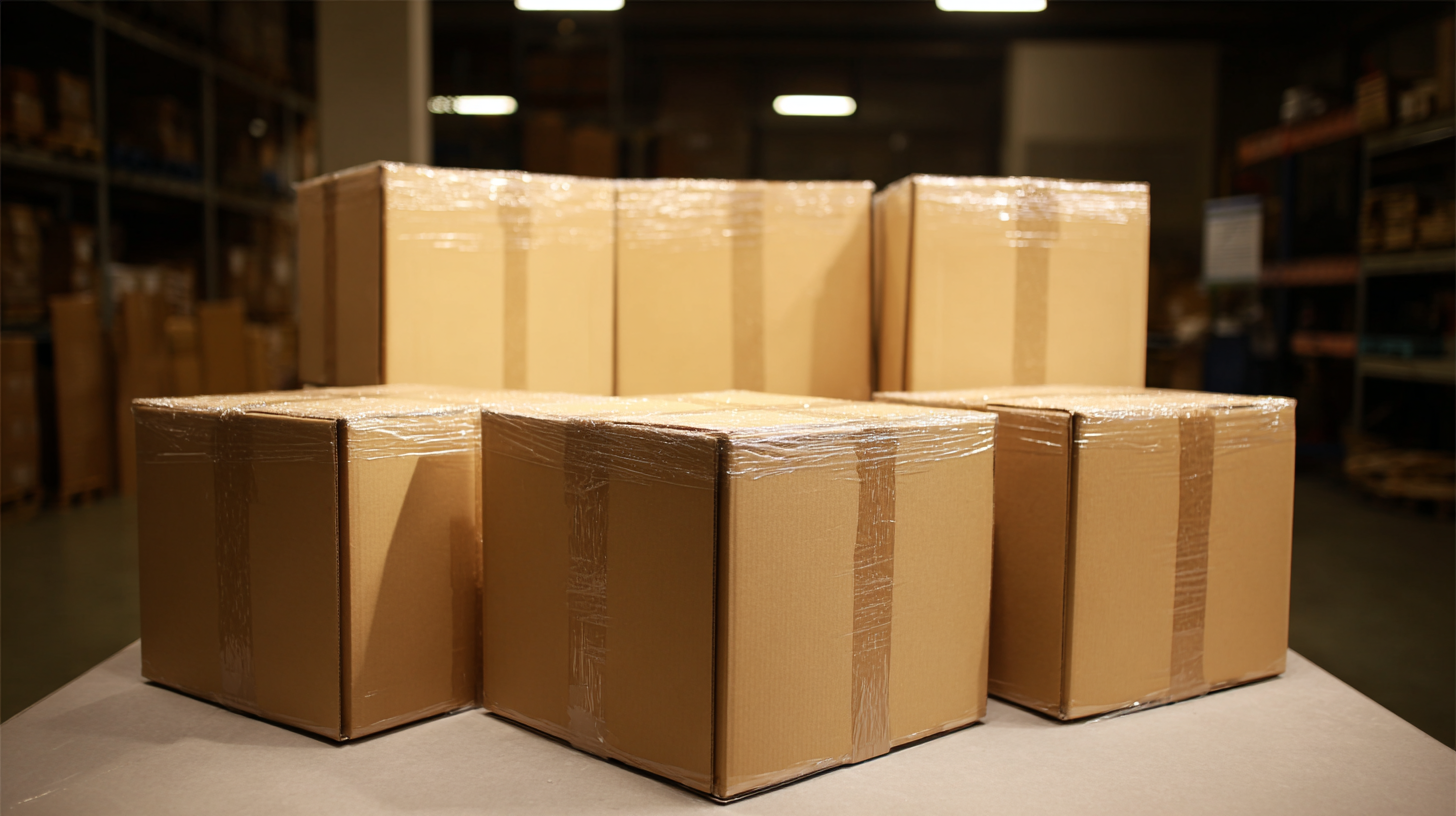
The use of insulated shipping boxes equipped with advanced temperature monitoring technology is gaining traction in the industry. By employing artificial intelligence and machine learning algorithms, businesses can accurately estimate food temperature during transit, allowing for real-time adjustments and interventions. Research highlights that the proper use of insulated packaging not only protects the products but also reduces waste, as maintaining optimal temperatures can extend shelf life. As per industry reports, effective cold chain logistics can save the pharmaceutical sector millions in compliance costs while ensuring that life-saving vaccines and medications reach their destinations without compromising effectiveness.
Related Posts
-
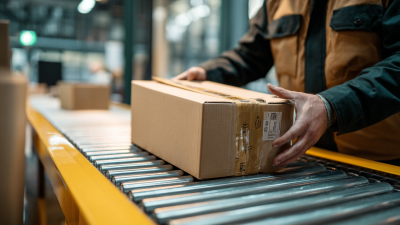
7 Best Tips for Choosing Insulated Shipping Boxes for Your Products
-

Ultimate Guide to Choosing the Best Insulated Packaging for Your Business Needs
-
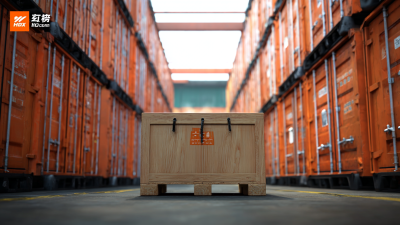
Discover the Power of Chinese Manufacturing with Best Custom Insulated Boxes for Global Buyers
-

Unleashing the Power of Chinas Manufacturing with Best Thermal Shipping Boxes for Global Buyers
-
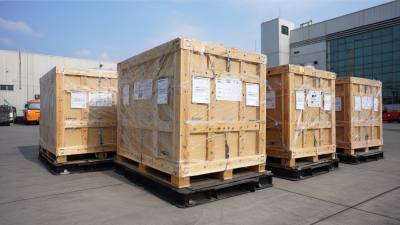
Exceptional Insulated Shipping Kits from Leading Chinese Manufacturers for Global Buyers
-
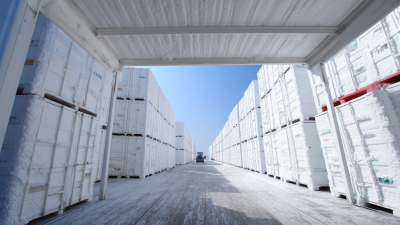
What is a Foam Shipping Cooler and How Does it Enhance Perishable Goods Transport?






